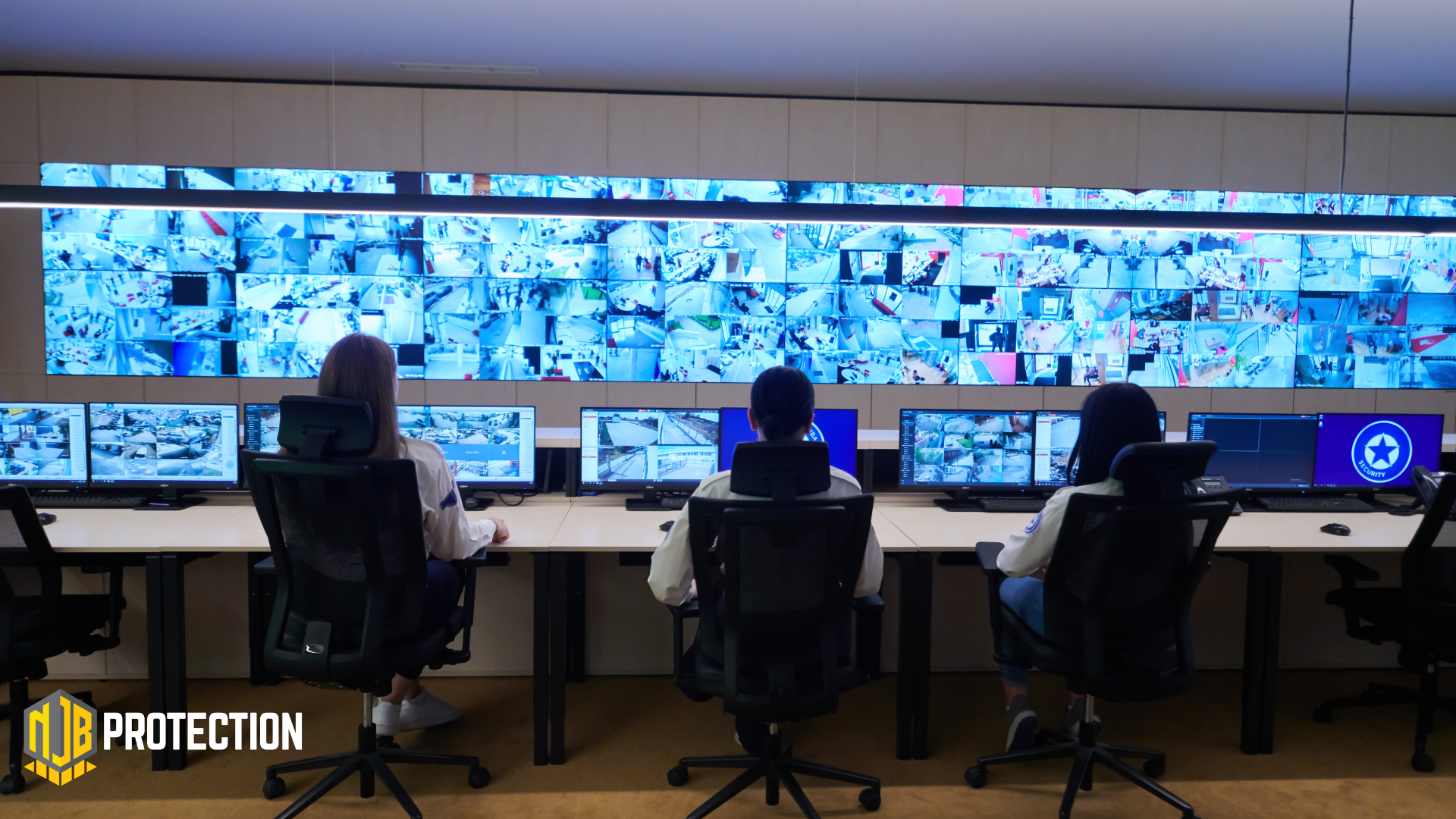(And Why Every Modern Security Program Is Rethinking Its Eyes.)
For years, “surveillance” just meant putting up more cameras. More angles. More coverage. More footage.
But here’s the thing: visibility isn’t about seeing everything — it’s about understanding what you’re seeing.
Because if your team is buried in hundreds of feeds, watching walls of monitors without context or insight, you don’t have visibility. You have noise.
And in today’s environment, where seconds matter, noise is the enemy of control.
The Problem with “More Cameras = More Security”
The industry fell in love with the numbers game.
Every time a new threat emerged, the solution was to add another layer of hardware.
The result?
Thousands of cameras. Millions of hours of video. And very little intelligence connecting it all.
Let’s be honest — a camera that no one’s watching, or that no one can interpret quickly, doesn’t make you safer. It just makes you feel safer.
Visibility without insight is a false sense of security.
The Shift: From Watching to Understanding
The new model isn’t about watching—it’s about interpreting.
A modern command center isn’t a dark room full of screens and caffeine. It’s an intelligence hub.
It’s where real-time data, AI, and human analysis converge to create situational awareness that actually drives decisions.
Here’s what that looks like in practice:
- AI filters the noise — It spots patterns, tracks motion, and highlights anomalies so your operators don’t drown in footage.
- Systems talk to each other — Cameras, access control, alarms, and sensors are integrated, not isolated.
- Operators make faster calls — Instead of reacting to what happened, they’re acting on what’s happening now.
That’s the real power of a modern command center.
It transforms information into action.
The Benefits of Smarter Visibility
A connected command center changes everything.
✅ Faster Response Times
AI-driven alerts and integrated data mean teams can detect and respond within seconds, not minutes.
✅ Centralized Oversight
Multiple locations, one command view. That means your operations don’t depend on fragmented site managers or slow escalation chains.
✅ Data-Driven Strategy
Footage turns into metrics. Metrics turn into insights.
You start seeing patterns — repeat incidents, peak hours, blind spots — and you can actually improve performance instead of just logging it.
✅ Reduced Costs and Burnout
You don’t need more guards to watch more screens. You need smarter tools that let smaller teams manage more, efficiently.
What It Actually Looks Like
Picture this:
A logistics network with distribution centers across five states. Each site has dozens of cameras and sensors.
Instead of managing everything locally, all feeds route to one centralized operations center.
The software uses AI to detect movement outside of normal patterns — say, someone loitering after hours near a loading dock.
Within seconds, the system flags the activity. The operator confirms it, checks the access logs, and dispatches a mobile unit before anything escalates.
That’s not reaction — that’s control.
And it’s exactly what the old camera-room model could never achieve.
The Bigger Picture
This shift isn’t about technology for technology’s sake.
It’s about moving from passive monitoring to proactive decision-making.
Because in the modern landscape, you can’t protect what you can’t see clearly.
And clarity doesn’t come from more footage — it comes from smarter visibility.
That’s why leading organizations are investing in:
- Open-platform systems that integrate seamlessly
- AI that learns over time
- Centralized monitoring that scales across regions
- Training that helps operators trust and act on intelligent alerts
This is the new foundation of enterprise security: connected awareness.
Final Thoughts
For decades, control meant presence — more guards, more cameras, more hardware.
But control today? It’s about insight, timing, and precision.
We’re past the point of just collecting video.
It’s time to understand it — to act on it — to make it work for us.
So here’s the real question:
Do you have eyes on your operation?
Or do you actually see what’s happening?

